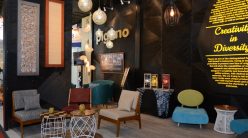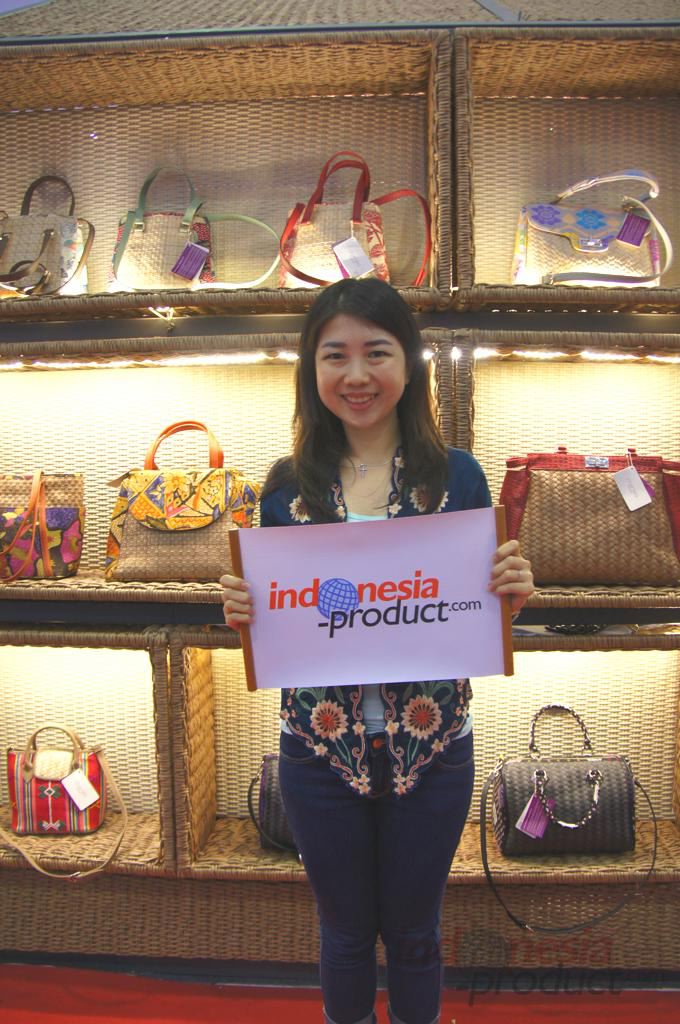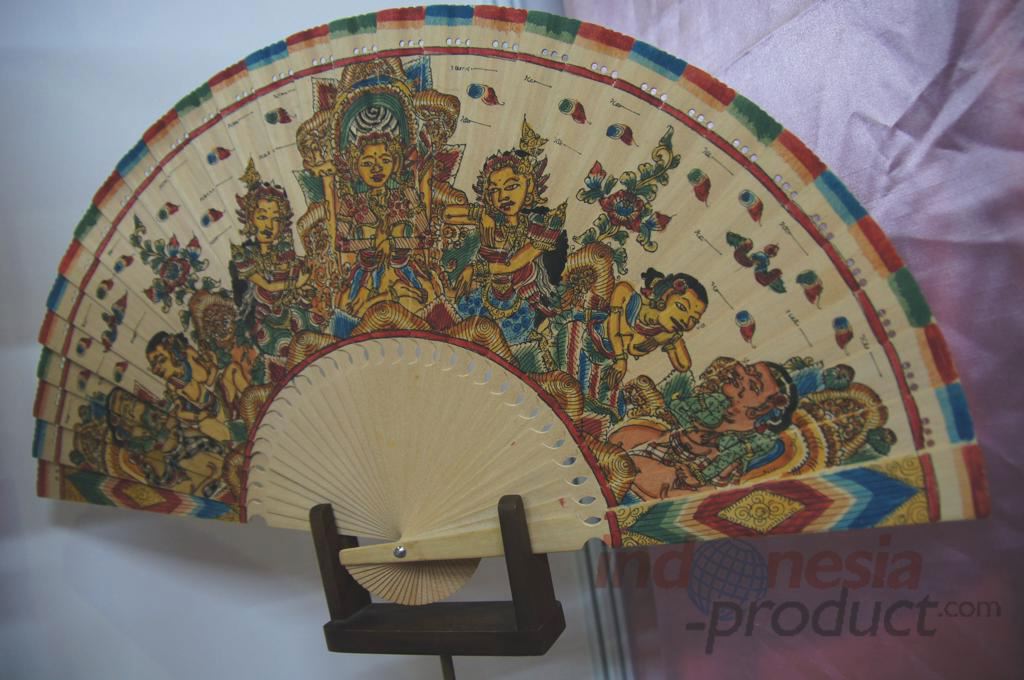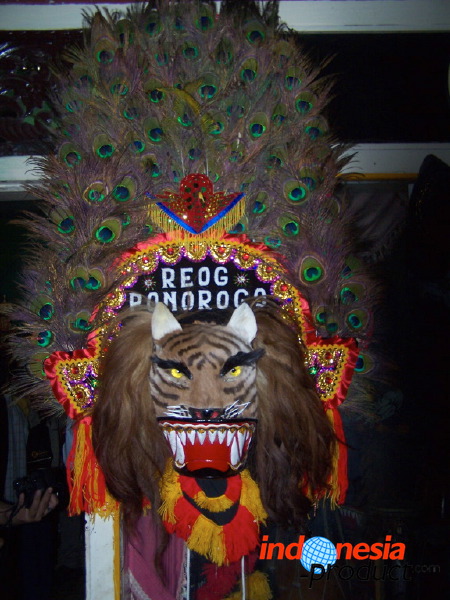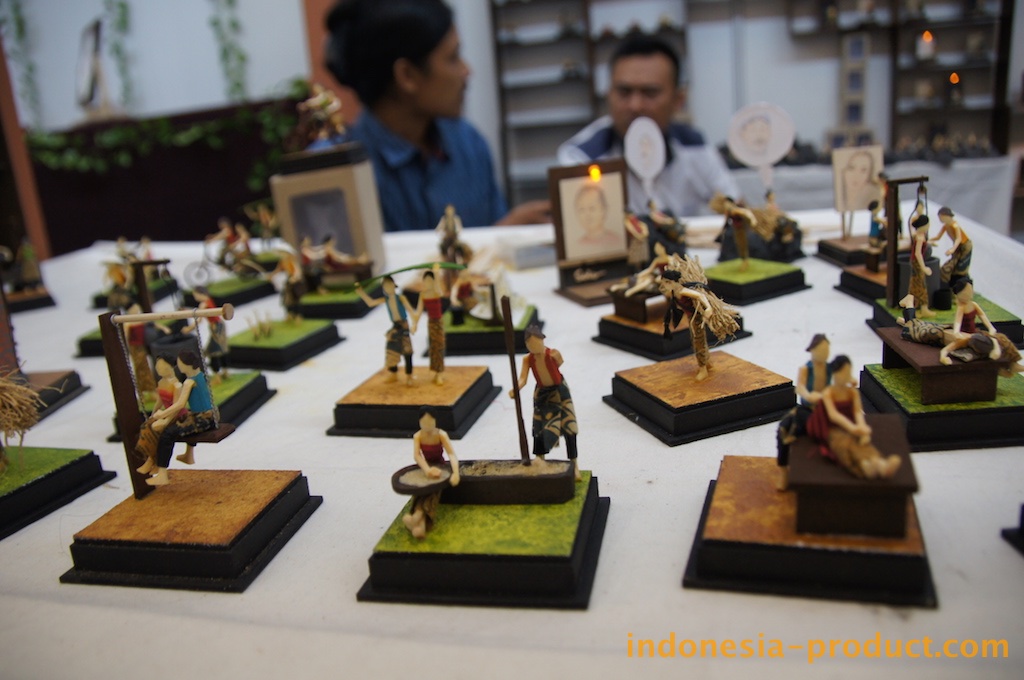There’s money in corn husk
Minda News
GENERAL SANTOS CITY — Although basically waste material, farmers here are making money out of corn husks. In fact, a business center intended for solely corn husk handicrafts was opened here two weeks ago.
Agriculture Secretary Domingo Panganiban expressed optimism that the establishment of the P1-million business center at barangay Lagao will further boost the chances of corn husk handicrafts in penetrating the international markets.
Rue Ramas, president of the Corn Husk Association of the Philippines, thanked the Department of Agriculture for funding the construction of the business center.Â
Ramas, whose group was nominated for this year’s citywide product innovator award, said the potential of corn husk handicrafts is bright in the local and international markets.Â
She said, too, that the corn husk handicraft industry will help the corn farmers, earning both from the corn and from the waste products they sell to handicraft makers.
Ramas noted that for their uses, the controversial Bacillus thuringiensis (Bt) corn is the most useful and commands the highest price, selling as much as P20 per sack.
She advised farmers to gather the corn husks and sell them to flower shops as these can be used as materials for novelty items, like attractive decorations with vibrant paints. “The creative mind and skilful hand can make this material come to life,” Ramas said. Â
“Collecting the husks is not expensive. The farmer and his family can do this job during their free time. Do not burn those money-smelling husks; make them usable instead,” Ramas said.
She stressed that burning corn husks poses health and environmental hazards. For one, the smoke is irritating to the eyes, the smell of burning corn husk induces difficulty in breathing and, worse, it becomes more hazardous when burned along the highway. Â
On the other hand, when dumped along the roads, heaps of corn husk become eye sores. The heaps of corn husks are difficult to decompose, she added. Â
In the handicraft industry, corn husks are ideal since these have interesting surface structure and natural color.

